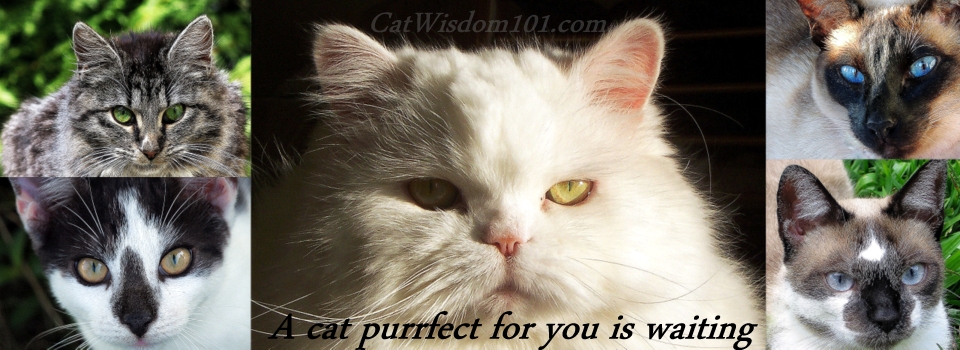
It’s Vet Tech Week: How To Take an Active Role in Your Cat’s Health: Part 2
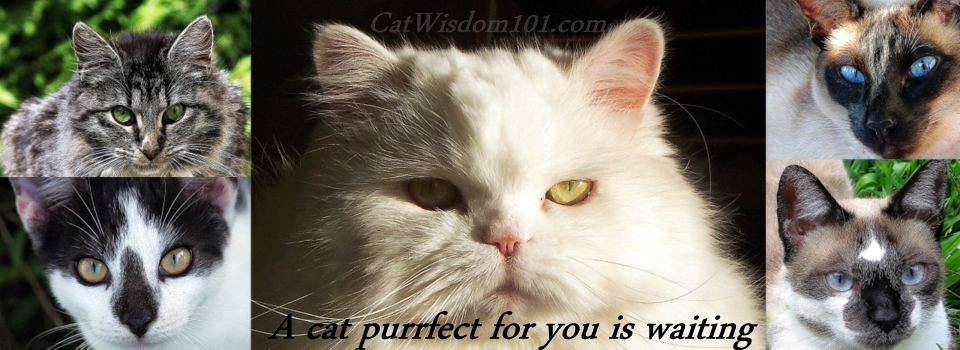
It’s National Vet Tech Week Vet techs are a vital part of every veterinary practice and the third week of October is dedicated to honoring them. We’d like to do a shout out to Georgia Barbush a registered vet tech from California who guest posts for us monthly. She and her husband, Mike, are also the owners of Peach Industries. Their Kitty Lounger cat hammocks and other eco-friendly pet products can be found at peachindustries.com Georgia and Mike with their cat, Linus, and dog, Remy. Georgia shares Part Two in her series on monthly at home physical exams for cats.

Monthly Physical Exams – Take an Active Role in Your Cat’s Health – Part Two
This month we are going to talk about how to assess your cat’s general appearance, temperament, hydration, and weight. Many health conditions can affect several of these characteristics at once. For example, hyperthyroidism can cause increased appetite, weight loss, hyperactivity or aggression, and greasy fur. Diabetes mellitus presents with similar signs, but cats tend to be lethargic instead of hyperactive and may also urinate inappropriately. Both of these conditions are common in cats and treatable, but both are also potentially fatal if left untreated. Your cat relies on you to recognize signs that veterinary care may be needed.
Overall Appearance
It can be hard to recognize subtle or gradual changes when you see your cat every day, but these changes can be significant reflections of your cat’s health. Take a moment to really look over your cat. It may be helpful to refer to photographs over a period of time. Has your cat’s coat changed? Is he carrying weight differently? Do the right and left sides of the body appear symmetrical?
Temperament
Some behavioral changes result from changes in a cat’s environment, schedule, or other day to day factors, but behavior is also affected by your cat’s health. Examples of behavioral changes that can signify an underlying health condition include:
· Increased sensitivity
· Grumpiness or irritability
· Lethargy
· Hyperactivity
· Inappropriate elimination
· Increased vocalization
· Apparent confusion
· Changes in grooming habits
· Changes in appetite
· Changes in thirst
While some of these altered behaviors may not seem health related on the surface, they can be the result of pain, hormonal imbalances, or organ dysfunction. When behavioral changes arise, always consult with your veterinarian first to identify or rule out any medical causes.
Hydration: There are a couple of ways to check your cat’s hydration status.
First you will want to look at the skin over the shoulders. Take a small fold of skin between your fingers and gently pull it up so it forms a tent. Then let it go and watch what happens. It should spring right back. If the skin stays in a tent shape for a couple of seconds, your cat may be dehydrated. This test is easy to do, but it is not always accurate. Thin cats tend to appear more dehydrated than they actually are and obese cats tend to appear less dehydrated. Fortunately we have other ways to confirm the results of the “tent test.”
Your cat’s gums can also tell you about her hydration status. Gently lift your cat’s upper lip and use one finger to feel the gums. A well hydrated cat will have smooth, moist gums. Dry, tacky gums are a sign of dehydration. Next, press gently on the gums and then take your finger away. The area you pressed will initially appear pale or white and then it will return to a healthy pink color. This is called capillary refill time and it should only take 1 to 2 seconds. If it takes longer than that your cat may be dehydrated. If it takes less than one second or more than 3 seconds, contact your veterinarian right away.
Weight and BCS
A change in weight is often one of the first clues that an animal is not well, especially with our stoic felines. Maintaining a healthy weight is also extremely important for your cat’s overall health and longevity. It is easy to overlook gradual changes in your cat’s weight, so it is very important to weigh him at least once a month and keep a record for comparison over time.
In addition to weight, you also want to consider body condition. Look at your cat from above while she is standing. She should have a clear waistline. Ribs may be slightly visible depending on breed and coat, but they should not be obviously jutting out. When you feel the sides of your cat’s chest you should be able to feel the individual ribs with a very light padding of muscle over them; they should not be hidden under a layer of fat. Another spot you’ll want to check is the area at the base of tail. Obese animals will often develop a fat deposit in this area that will appear as small roll at the tail base. Health problems can arise from both obesity and emaciation, so it is very important to help your pet maintain a healthy weight.
Stay tuned for Part Three: Skin/fur, eyes, ears, nose, and mouth.

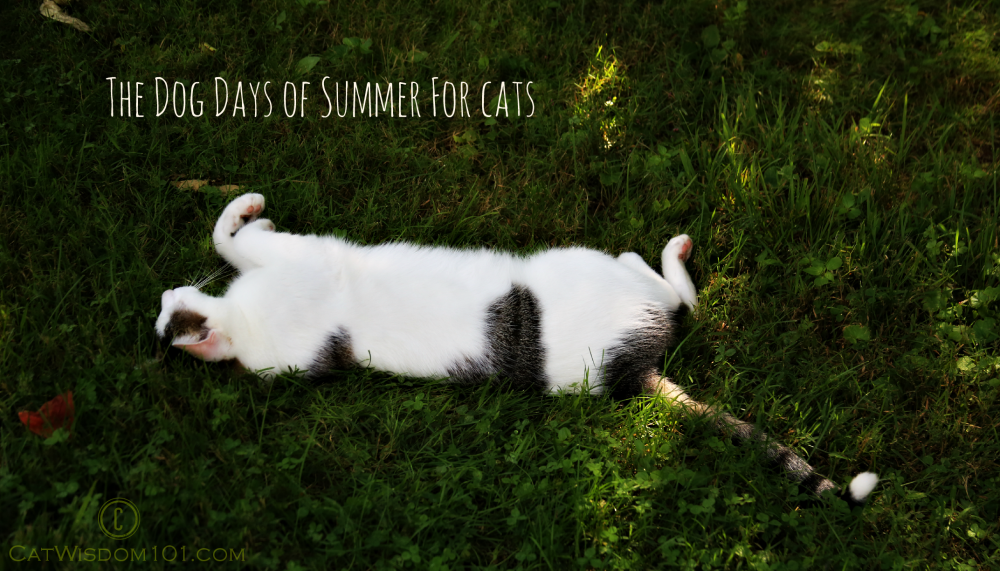
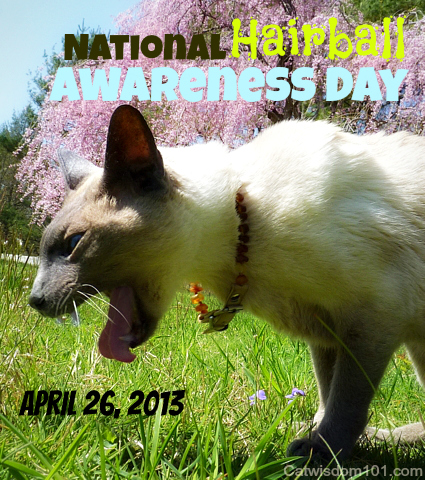
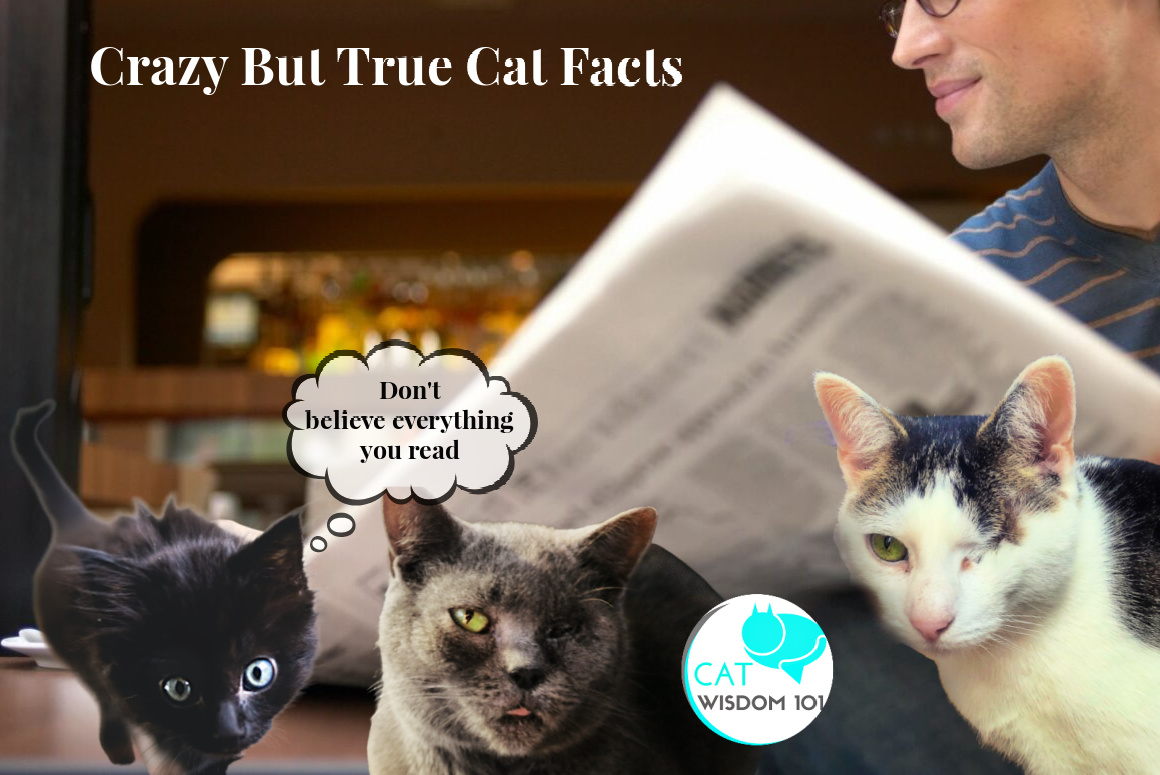
14 Comments
Skeeter and Izzy
Thank you,thank you, thank you! for the information and for the work you do as a vet tech!!!!! We loves our vet peeps!!!
Luvs Skeeter and Izzy and the Feral Gang + Peanut and Twig >^..^<
Angel Abby
Another excellent article. Thank you for all of this great information.
Kitties Blue
Thank you for this excellent post. I try to watch my cats much more closely after losing a 12 year old to lymphoma only 13 days after he was diagnosed. It seemed he had lost a ton of weight overnight, but I am sure it was over a long period of time, which is why I didn’t see it until it was really too late. Janet
Austin Towers
Mum has the eagle eye on my health all the time!! I try to fool her, though!! Very helpful post!
Katie and Glogirly
My temperament is fine. Unless I have to go to the vet. ; )
In all seriousness though…Glogirly helped me to get down to a healthy weight, so although Waffles may be the personality favorite with our vet techs, I’m the weight loss poster kitty.
; ) Katie
da tabbies o trout towne
odin N crew…thanx for sharin de info guys….eye think eye may be in trubull tho…last time de food serviss gal could feel me ribs was like….never….
🙁
hay. eye IZ a big boy…..they called me that at de shelter ~~~~
tuna of moon…
Texas, a cat in... Austin
Thank you very much for this post! This is a very good way to know what to look for.
And Happy Vet Tech Week to Miss Georgia!
Carine & Texas
Coccolino
Our biggest challenge with one of our cats is weight. He is on a strict diet but has a bit to lose!
easy rider
Thanks for this interesting post! To watch the weight is very important for all animals, you can act immediately and make a vet appointment when you notice an uncommon changing.
Brian
You always have the best info and we always learn so much from you!!!
Sometimes, Cats Herd You
Great post. We recently got a new scale to measure our weights as we try to get Ashton to lose a bit. Unfortunately, we all view it as a New And Suspicious Thing and want nothing to do with it.
We have a lot of gratitude for vet techs and the job they do. Our vet is great, but we know that his techs make him look good!
Sparkle
My human frequently pokes me, puts her hands all over me and puts me on that dreaded scale. Sometimes I wish she weren’t so attentive!
Matt - Macro photographer
Your human just loves you, Sparkles!
Andrea
Since I have several cats I’ve found it helpful to create an Excel file to store all of their weights. I have it set up so that it converts from ounces to pounds (my scale weighs in ounces) and then lists each cat’s weights across the row by week making it easier to track how it changes (or not).
I like to weigh them every week because the older cats can change weight in that short of a period. This way I can jump on it and figure out what is going on quicker.
And thanks from all of us Vet Techs! We appreciate the recognition.